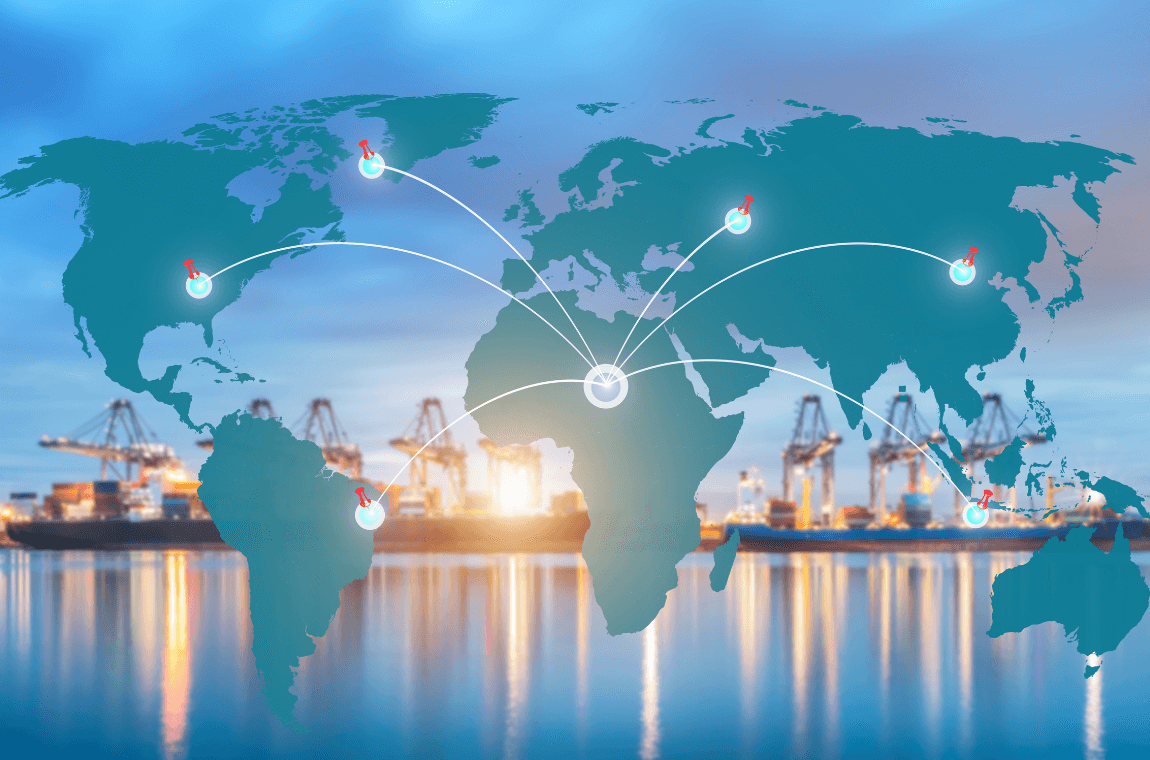Introduction
Hey there, logistics champions of the Nordic and Baltic realms! If there’s one thing I’ve learned working in our beautiful yet challenging logistics ecosystem, it’s that enhancing visibility and traceability are not just buzzwords; they’re the lifeblood of our industry. Especially for the medium-sized companies in our region, it’s essential to know where shipments are and ensure they reach their destinations without a hitch.
Contents
The Landscape of Logistics in the Nordic and Baltic Markets
You know as well as I do that our region has its own set of logistics quirks. With our intricate network of waterways, vast landscapes, and bustling urban hubs, the Nordics and Baltics offer both unique challenges and opportunities. Weather conditions alone can be a rollercoaster (remember the surprise snowstorm last April?).
Get an Instant Online Quote
Create Your No-Cost Account Today and experience the New Era of Logistics
The Power of Digital Transformation
As much as I love the old-school, pen-on-paper approach, the future lies in digitization. It’s a game-changer. Digital tools not only simplify our jobs but also ensure that shipments aren’t wandering around lost like tourists without a map.
Real-time Tracking and Data Analysis
With modern tech, it’s like we’ve all got a magic crystal ball. We can see where shipments are, predict possible delays, and make quick decisions. Ever had a truck stuck in Gotland due to unexpected ferry cancellations? With real-time monitoring, such surprises become things of the past.
The Role of Automated Reporting
Manual updates are so 1999. Automated systems shoot updates at lightning speed, ensuring everyone’s on the same page without those tedious end-of-day calls. I’ve seen this shift transform operations at companies, big and small. There’s nothing quite like the peace of mind that comes from knowing a system is continuously watching and reporting.
The Human Element: Training and Collaboration
Let’s not forget our ace card – our teams! Even with all the tech in the world, humans remain at the core of logistics. Ongoing training helps teams stay sharp and make the most of new tools. Plus, building collaborations, like the kind we have with our partners, can fill in gaps and provide local expertise. Remember, it’s always better to have someone on the ground who speaks the local lingo and understands regional nuances.



